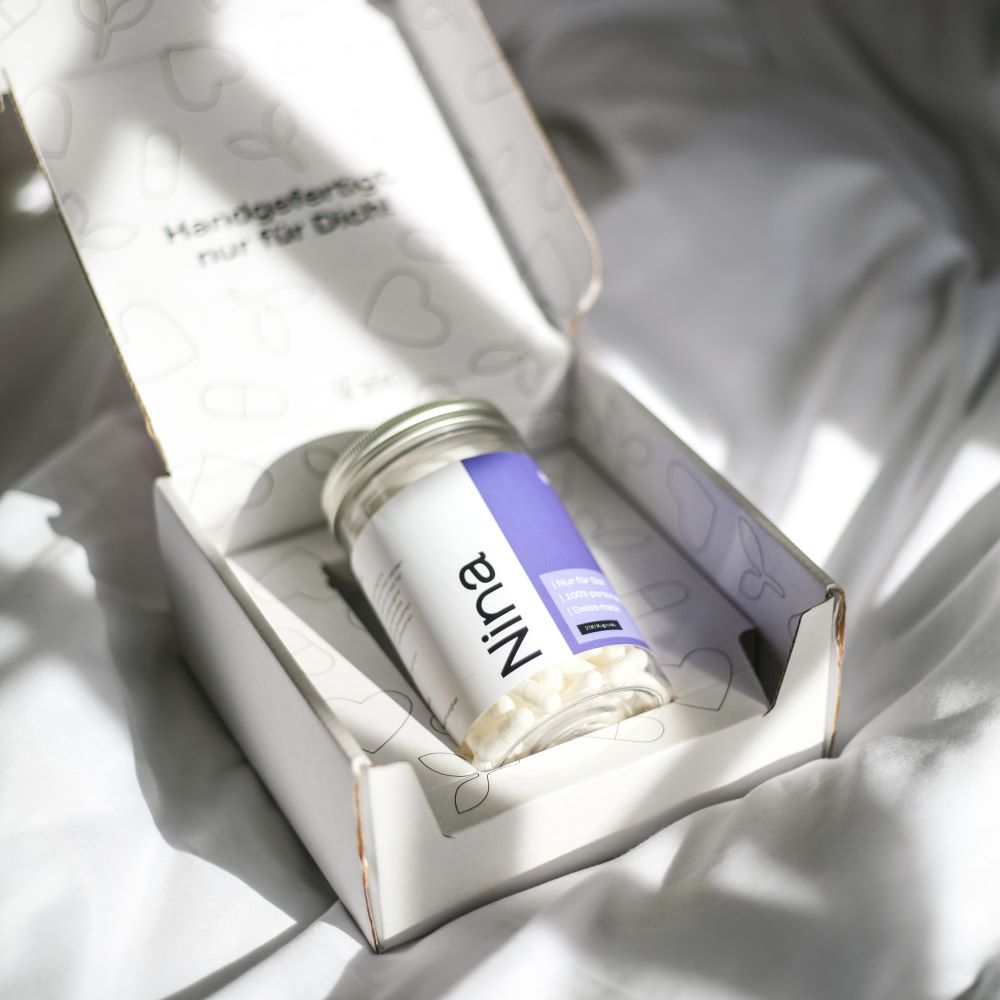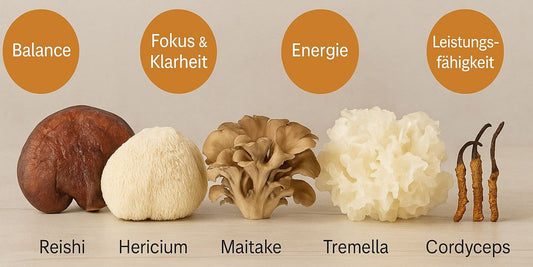In today's fast-paced world, where most of the day is spent indoors, getting enough vitamin D has become a challenge. Especially in the fall and winter months, when the days get shorter and the nights get longer, it is important to develop strategies to replenish our vitamin D stores.
Vitamin D is crucial for our health, and the sun plays a central role in its production in our bodies. But how can we ensure we are getting enough vitamin D?
In this blog article we will look at the importance of vitamin D for our bodies and how the seasons, particularly summer and winter, affect our ability to produce vitamin D. We will look at the recommended duration of sun exposure in summer and discuss the influence of sunscreen on this process. We will also talk about how to ensure our vitamin D supply during the darker months of the year.
Join us on a journey through the sun's rays and discover how you can optimize your body's production of vitamin D, regardless of the time of year.
Sun in summer
In summer, sun exposure is usually sufficient to stimulate the body's production of vitamin D. Ideally, you should get about 15 minutes of sun exposure per day. Ideally, you should spend around 15-20 minutes a day in the sun to produce enough vitamin D. It is important to leave larger areas of skin, such as the arms and face, uncovered. However, the exact amount of time may vary depending on skin type and geographical location.
Sun cream
The influence of sun cream on vitamin D production is interesting. Sunscreen protects the skin from harmful UV rays, including UV-B rays, which are responsible for vitamin D production. If you use sunscreen with a high sun protection factor, this can affect your skin's ability to produce vitamin D. To still get enough vitamin D, you could consider being out in the sun without sunscreen for the first 15-20 minutes and only applying it afterwards.
Sun in winter
In winter, when the sun is lower in the sky and UV-B radiation decreases, it becomes more difficult to produce enough vitamin D through sun exposure alone. At this time of year, the necessary time in the sun depends on various factors, including geographical location, time of day and the amount of exposed skin. It may be necessary to spend longer in the sun in order to obtain sufficient vitamin D. However, the exact amount of time should be adjusted individually.
Even in winter, your sunscreen blocks UV-B rays and thus inhibits your skin's vitamin D production.
As conditions can vary in winter, it is advisable to keep an eye on your vitamin D supply and, if necessary, consider taking supplements that are individually tailored to your needs. Do not use multivitamins, as these often do not contain the right amount of vitamin D that your body needs.
In addition:
1. sunlight and vitamin D
The skin is an amazing organ that is able to produce vitamin D when exposed to UV-B rays. In summer, when the sun is high in the sky, the angle of incidence of the rays is ideal to stimulate the production of vitamin D in the skin. But in the fall and winter months, the sun is lower in the sky, which means fewer UV-B rays reach the earth's surface. This can affect the production of vitamin D in the skin.
2. Diet and vitamin D
To maintain your vitamin D supply in the darker months, it is important to eat a balanced diet. It is possible to do this by eating foods that naturally contain vitamin D without compromising on health effects. Such foods could be fish, mushrooms or eggs. They can be integrated into your diet to support vitamin D intake.
3. Supplements
If it is difficult to get enough vitamin D through sunlight and diet, using vitamin D supplements tailored to your body and its needs may be an option. These can be customized to meet the needs of the individual
Conclusion
During the fall and winter months, it is important to keep an eye on your vitamin D supply. Skin production of vitamin D can be affected by the shallower angle of sunlight, so eating a balanced diet and using customized supplements where appropriate is one way to ensure supply.




